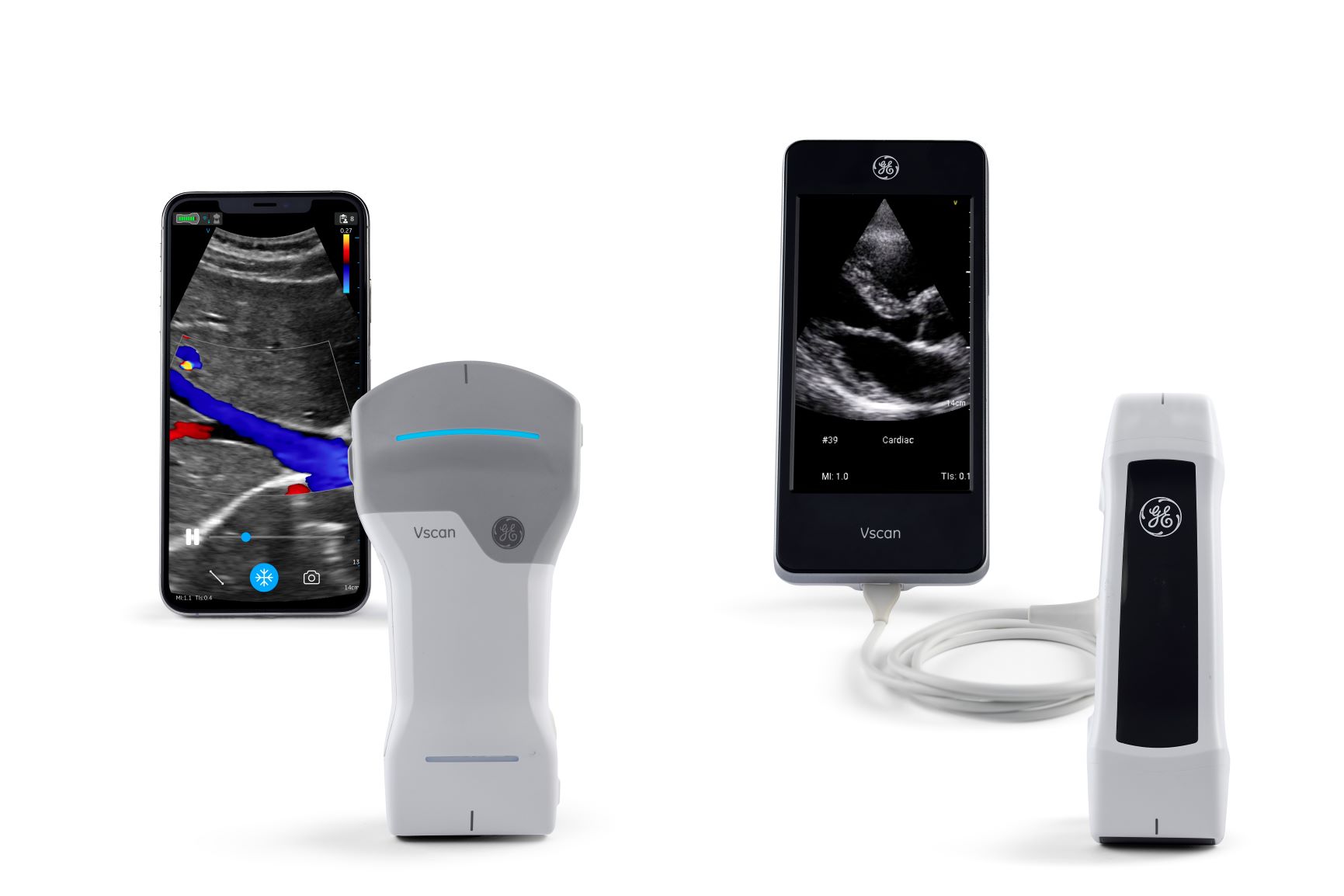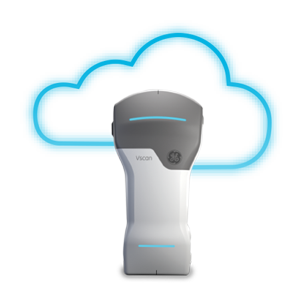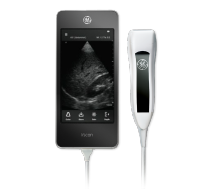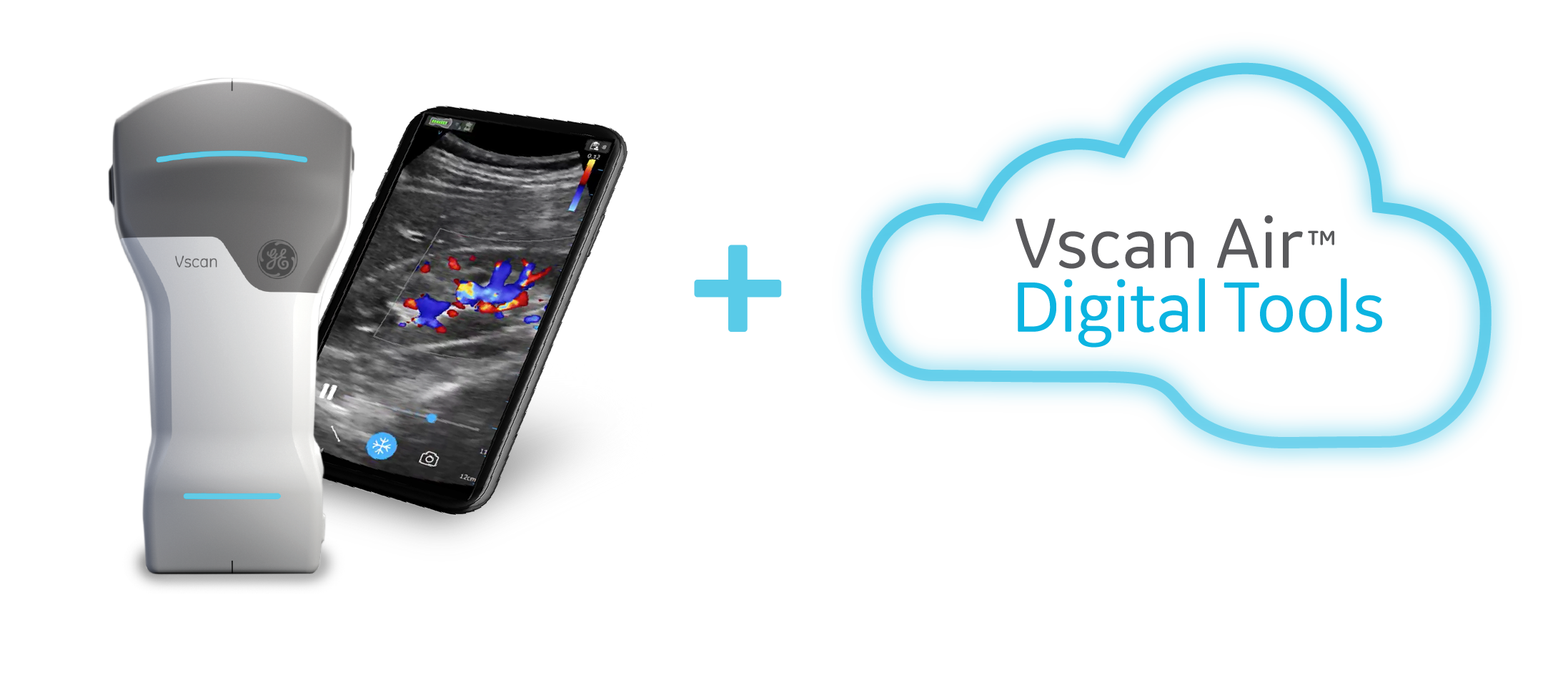One clinician provides his experience with using handheld ultrasound to manage treatment of COVID-19 patients in the United States
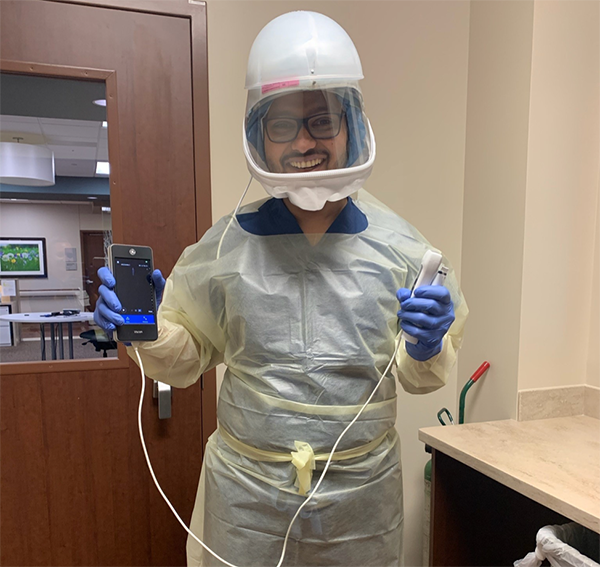
It’s 6:30 in the morning in Dallas, Texas. While the rest of the state is starting their day, Dr. Bilal Jalil, a Pulmonologist & Critical Care physician, is preparing to check in on one of his patients in the ICU. In this part of the hospital, patients who have shown coronavirus symptoms currently reside in individual, negative pressure rooms. Many patients in negative pressure rooms (or isolation rooms) in 2020 were affected by the COVID-19 pandemic. New protocols in place to prevent disease spread have made the diagnosis and treatment of patients more complicated.
A typical visit to check in on patients in isolation for other illnesses such as the flu would involve hand washing, wearing a mask and a gown with gloves. Now with managing potential cases of COVID-19, ‘gowning up’ involves a new wardrobe and protocol to protect U.S. healthcare workers and cross-contamination. It starts with going through an anteroom, a small room between the patient’s room and outside hall, and donning a gown, gloves and a PAPR mask. The anteroom leads to the negative pressure patient room, the air in which cycles completely almost every hour. The doors to the anteroom and patient room are never open together to prevent losing negative pressure. All of these measures surely interfere with the workflow but are necessary to try to prevent the spread of the virus.
“Then there’s a protocol where there’s a second person physically observing you putting on your gown, and your PAPR, and your gloves before you go in. And when you come out, there’s a person watching you take off everything – which is just as important as putting on protective gear,” says Dr. Jalil.
“In the midst of all of this, you can imagine bringing in a big bulky ultrasound machine and cleaning it off is going to be a painful, time-consuming process. This is where I’ve found it very convenient and felt confident to use my handheld ultrasound, the Vscan Extend™.”
Vscan Extend™ Handheld Ultrasound in COVID-19 Support
Vscan Extend™ handheld ultrasound can be used to help confirm and monitor progression of acute respiratory diseases like COVID-19. It can help clinicians triage patients suffering from acute respiratory and cardiovascular disease with deep and shallow scanning for lungs and cardiovascular conditions with a single probe. Its portability, ease of use, connectivity (DICOM to PACS or cloud storage solutions) and cleanability make an ideal tool for diverse care settings such as isolation wards.
Getting Answers Quickly
With handheld ultrasound, Dr. Jalil has found he can answer questions quickly – at the bedside – without needing to transport larger imaging devices from room to room or transporting patients to imaging rooms within the hospital. “It’s an extension of my physical exam,” he says. Situations may become high risk if medical providers are forced to transport patients to medical equipment, as opposed to transporting medical equipment to patients.
“When I’m putting a probe on a patient, it’s usually after I’ve talked to them about their symptoms and history, trying to figure out what’s going on. A lot of the ultrasound I perform is very focused. It’s yes or no questions that I want to find answers to.”
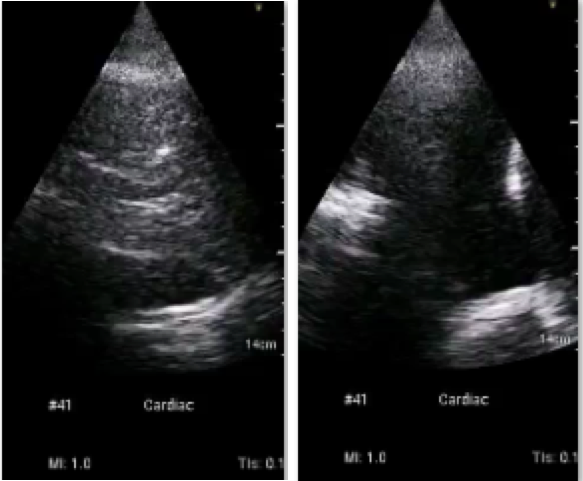
Hepatization of the left lung with static air bronchograms and a shred sign with an associated moderate sized left pleural effusion.
Image provided by Dr. Jalil, taken on GE HealthCare Vscan Extend.
Treating Patients Efficiently at the Point of Care
Isolation precautions are a logistical hindrance to transporting patients for testing within the hospital. Often these patients are in too critical a condition to be transported, risking both cross-contamination as well as clinical deterioration in a non-ICU environment. Early research suggests ultrasound can be used as a helpful diagnostic tool in the assessment of COVID-19 patients providing repeatability, the absence of ionizing radiation, and lower costs for hospital systems.
While ultrasound technology has been used heavily in the diagnosis and treatment of COVID-19 patients, traditional equipment is not portable. When it comes to treating patients who are in serious medical distress, time is of the essence. A portable ultrasound device ensures that physicians have the technology they need, in-hand, to examine patients in an efficient timeframe in the location of the patient without the need for transport.
Dr. Jalil is one of many clinicians who describe ultrasound as a useful tool for these reasons. On top of new circumstances and processes, handheld ultrasound provides additional portability and cleanability that’s been useful in his current practice.
“Handheld ultrasound takes it one step further, where if you have a patient (in isolation) where you’re having to spend 10 minutes just putting gowns and helmets on and then wheel in a bulky machine, this you just have in your pocket and are able to clean it in much less time. I have more confidence that I can clean the device better than other devices because there’s less nooks and crannies that you need to clean.”
“For example, if this patient is on a ventilator and their blood pressure drops, it’ll take me 2-5 minutes to get in there, and then it’d take me another few minutes to get a machine in, plug it in, and the whole nine yards,” said Dr. Jalil. “Here, as soon as I’m donned up, I can very quickly get images and figure out if this is a pneumothorax, or a pulmonary embolism, or something else. I can answer a question and at least say that I don’t need to do things. I don’t need to give him fluids, I don’t need to place a chest tube.”
Getting answers quickly, especially in drastic situations like the COVID-19 global pandemic, is crucial to saving lives. In scenarios where there are multiple patients experiencing life-threatening symptoms, access to a device that allows for easy cleaning and portability is extremely important. Learn how physicians can diagnose pleural effusion, a common condition associated with COVID-19, using handheld ultrasound technology.
Reflecting on the current circumstances, Dr. Jalil remains focused on treating patients and minimizing spread of the virus. With medical resources severely taxed from the global pandemic, leveraging the most convenient and accurate technology possible will benefit both patients and physicians. The faster a patient can recover, the more time there is available to treat and tend to other patients.
“Using a handheld device in a situation like this, I think, is the right thing to do. We’re never going to get to a point where we’re running out of ultrasound machines in the hospital. At the same time, we can definitely minimize spread.”
COVID-19 Ultrasound Resources
- Learn more about applications of GE HealthCare’s handheld ultrasound products.
- Learn about GE HealthCare handheld ultrasound cleaning guidelines.
- Click here to learn more about diagnosing pleural effusion using handheld ultrasound.

